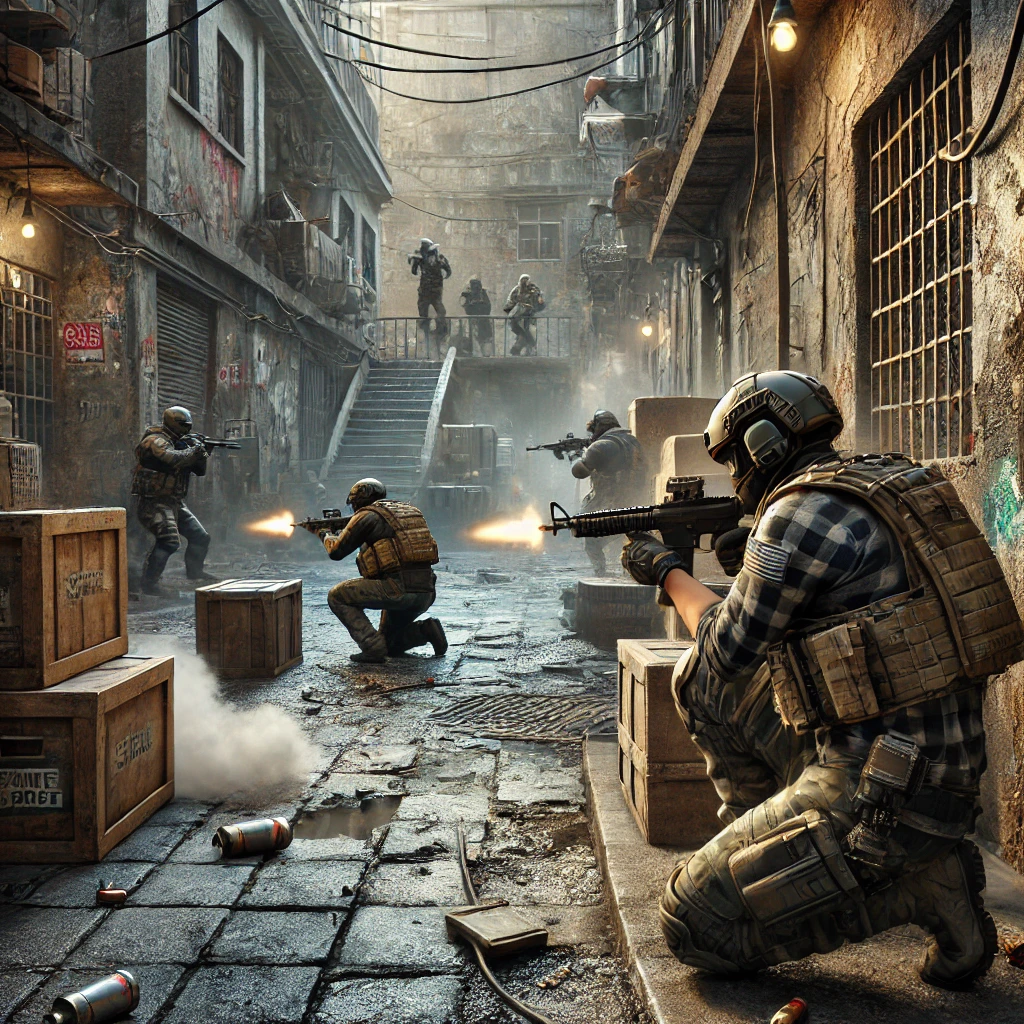Building the Perfect Team: Strategies for Success in Counter-Strike: Global Offensive

Categories:
4 minute read
Creating a successful Counter-Strike: Global Offensive (CS:GO) team goes far beyond simply gathering five skilled players. Whether you’re building a competitive amateur team or aiming for professional play, understanding the fundamental elements of team composition, role distribution, and team dynamics is crucial for long-term success.
Understanding Team Roles
The In-Game Leader (IGL)
The backbone of any successful CS:GO team is a strong In-Game Leader. This player serves as the team’s strategic mind, responsible for:
Making mid-round calls and adjustments
Developing and implementing strategies
Managing team economy and buying decisions
Maintaining team morale and focus during matches The IGL should possess excellent game knowledge, strong communication skills, and the ability to remain calm under pressure. While they don’t necessarily need to be the team’s top fragger, they must understand the game at a deeply strategic level.
Entry Fragger
The entry fragger is often considered the team’s spearhead, being the first player to engage in combat when executing strategies. Key characteristics include:
Exceptional aim and reflexes
Aggressive playstyle
Strong map knowledge for pre-aiming common positions
Ability to gather crucial information even when trading death Support Player
Support players are the unsung heroes of CS:GO teams, enabling their teammates’ success through:
Utility usage (flashbangs, smokes, molotovs)
Trading kills effectively
Holding passive positions
Providing backup for aggressive players AWPer
The team’s primary AWPer needs to be:
Consistent with the AWP rifle
Patient and disciplined
Able to hold critical angles
Capable of making high-impact plays
Economically responsible due to the weapon’s high cost Lurker
The lurker operates independently, creating pressure across the map by:
Gathering information
Cutting off rotations
Creating confusion among opponents
Securing late-round situations
Building Team Chemistry
Communication Protocols
Establishing clear communication protocols is essential for team success:
Use concise callouts
Avoid unnecessary chatter during rounds
Develop standardized terminology for strategies
Maintain positive communication even during losing streaks Practice Routines
Implementing effective practice routines helps build team cohesion:
Regularly scheduled practice sessions
Demo review sessions
Strategy development meetings
Individual skill improvement time
Scrim sessions against other teams Map Pool Development
A strong map pool is crucial for competitive success:
Start with 3-4 core maps
Gradually expand the pool
Develop unique strategies for each map
Regularly practice less-favored maps
Keep track of win rates and performance metrics
Strategic Development
Default Setups
Every team needs solid default setups for both the T and CT sides:
Establish standard positions for each player
Create flexible utility setups
Develop clear protocols for information gathering
Plan responses to common opponent strategies Economic Management
Proper economic management can make or break a team’s success:
Establish clear buy/save rules
Coordinate weapon drops and utilities
Plan force-buy strategies
Maintain discipline in eco rounds Anti-Strat Preparation
Developing counter-strategies against common opponent tactics:
Regular demo review of potential opponents
Identify and exploit common patterns
Prepare specific counter-setups
Maintain flexibility in strategic approach
Team Management
Setting Goals and Expectations
Clear goal-setting helps maintain team focus:
Set both short-term and long-term objectives
Establish realistic progress metrics
Regular performance reviews
Adjust goals based on team development Handling Internal Conflicts
Address team conflicts professionally:
Establish clear conflict resolution procedures
Maintain open lines of communication
Regular team meetings for feedback
Create a positive team environment Schedule Management
Balanced scheduling is crucial for team longevity:
Set regular practice times
Plan tournament participation
Allow for adequate rest and recovery
Account for real-life commitments
Moving Forward
Building a successful CS:GO team requires dedication, patience, and consistent effort from all team members. Focus on:
Gradual improvement rather than immediate results
Building strong fundamentals before advanced strategies
Maintaining a positive team atmosphere
Regular review and adjustment of team practices Remember that even professional teams face challenges and setbacks. The key to long-term success lies in maintaining consistency in practice, communication, and team development while staying adaptable to the evolving meta-game.
By following these guidelines and maintaining a professional approach to team building and management, you’ll be well on your way to creating a competitive CS:GO team. Keep in mind that team development is an ongoing process, and continuous adjustment and improvement are necessary for sustained success.
Additional Resources
Watch professional matches and team documentaries
Study demo reviews from professional analysts
Participate in online tournaments and leagues
Engage with the competitive CS:GO community
Consider working with experienced coaches or mentors Building a successful CS:GO team is a rewarding challenge that requires dedication, patience, and strategic thinking. By focusing on these key areas and maintaining a professional approach to team development, you’ll be well-positioned to achieve your competitive goals.
Related Post: The Best Weapons and Gear in Counter-Strike: Global Offensive and How to Find Them
Feedback
Was this page helpful?
Glad to hear it! Please tell us how we can improve.
Sorry to hear that. Please tell us how we can improve.